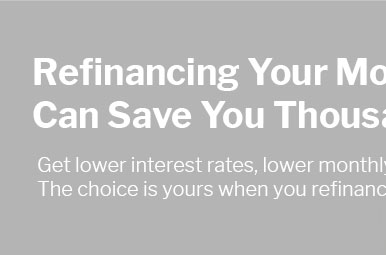refinance mortgage for investment property strategies that improve cash flow
Why investors refinance
Refinancing can lower the rate, reset the term, or unlock equity for renovations. On rentals, the math must reflect net operating income, vacancy risk, and reserves. A well-timed refi can convert trapped equity into leverage while still protecting monthly cash.
How it works
Lenders price risk higher on non-owner occupied homes, so expect stricter LTV caps and seasoning rules. Underwriting leans on leases, tax returns, and debt service coverage. Aim for a DSCR above 1.20; stronger is better when rates rise.
Key steps
- Map your goal: lower payment, shorten term, or extract capital for the next deal.
- Audit expenses and rent to verify coverage after closing costs and reserves.
- Shop multiple lenders; compare rate, points, prepayment penalties, and timeline.
- Lock only when the numbers still pencil after a stress test on rates and rents.
- Plan your exit: hold, 1031 exchange, or a future rate-and-term reset.
Refinance with discipline: prioritize liquidity, keep an emergency cushion, and structure terms that survive slower leasing cycles. Done well, a refi compounds returns without stretching risk.














